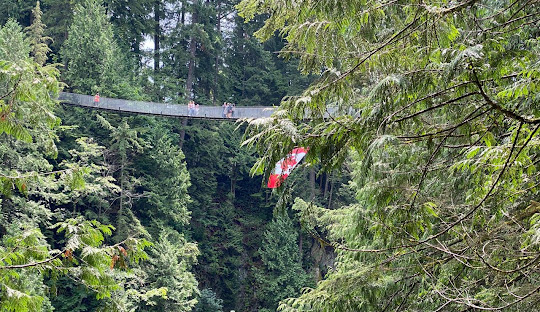
Vancouver’s Growing Diversity: Population Reaches 662,000 with Nearly Half Born Abroad
Posted by on
Vancouver continues to grow both in population size and cultural diversity, cementing its role as one of Canada's most dynamic and globally connected cities. According to the 2021 Canadian Census, the City of Vancouver recorded a population of 662,248, reflecting a 4.9% growth from the 631,486 residents in 2016. The city remains Canada’s eighth-largest by population and is the most densely populated municipality in the country with more than 5,000 residents, boasting a density of 5,749.7 people per square kilometre (14,891.6/sq mi) within its 115.18 km² land area.
When considering the broader Census Metropolitan Area (CMA) known as Greater Vancouver, the numbers are even more striking. The population reached 2,642,825 in 2021, a 7.3% increase from 2016. This makes it the third-largest metro area in Canada and the largest in Western Canada, surpassing both Calgary and Edmonton. Despite the city's size, approximately 75% of the Greater Vancouver population resides outside the City of Vancouver, in suburban municipalities like Burnaby, Richmond, Surrey, and Coquitlam.
Expanding further into the Lower Mainland–Southwest economic region, which includes Fraser Valley, Squamish-Lillooet, and Sunshine Coast, the population exceeds 3.04 million, underlining the region’s growing significance as an economic and cultural hub.
Vancouver is equally remarkable for its diverse population. As of the 2021 census, 42.2% of city residents were immigrants, meaning they were born outside of Canada. The largest immigrant group originates from mainland China, representing 23.1% of the total immigrant population, or 63,275 people. Other significant communities include individuals from the Philippines (10.9%), Hong Kong (9.3%), India (5.3%), the United Kingdom (4.7%), and Vietnam (4.4%). Smaller yet vital communities hail from Taiwan, the United States, Iran, and South Korea, all contributing to the city’s multicultural fabric.
Vancouver’s demographic growth over time highlights its transformation from a modest settlement of 13,709 residents in 1891 to a thriving, globally relevant metropolis. By 1911, the city had already crossed the 100,000 mark, and steady growth throughout the 20th century—interrupted only by a brief dip in the 1970s—reflected its rising status as a destination for immigration, commerce, and culture.
With its combination of high density, sustained growth, and global diversity, Vancouver stands as a modern urban success story—one that continues to attract new residents from around the world while adapting to the challenges of sustainable development and inclusive growth.